1 | 2Description (Page 1)
 Albania can trace the roots of its history back to the prehistoric era some 300,000 years ago when nomadic peoples roamed the area, living out of various caves across the land.
Albania can trace the roots of its history back to the prehistoric era some 300,000 years ago when nomadic peoples roamed the area, living out of various caves across the land.Starting in the 7th century BC, Greek colonies began popping up along the Illyrian coast, and for the next several centuries the Illyrian tribes dominated the region. It wasn't until the 1st century BC that the Roman army defeated the Illyrians, ending their independence.
The Romans ruled here until 395 AD when the empire was split in half, and the area of present-day Albania was put under Byzantine command.
Under the Byzantines, Albania endured raids by variousEuropean tribes including the Visigoths, Huns, Ostrogoths, Avars and Croatians, and by early 7th century AD most of the empire was either destroyed or weakened.
In the mid 800s the Bulgarian Empire took over, and the area of eastern Albania became a valuable cultural center.
As the Bulgarian Empire declined in the late 13th century, Albania switched hands yet again becoming integrated this time into the Serbian state.
The Ottomans took control in 1385 with the Battle of Savra, and aside from a brief interruption during 1443-1478, they ruled for an astounding 600 years.
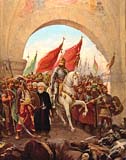 During this time many native Albanians reached notable rankings within the Ottoman government, remaining highly active and faithful during the Ottoman era. However, by the late 1800s the nationalism had faded, and the Albanian people began to pursue their independence.
During this time many native Albanians reached notable rankings within the Ottoman government, remaining highly active and faithful during the Ottoman era. However, by the late 1800s the nationalism had faded, and the Albanian people began to pursue their independence.Toward the end of the 19th century many revolts were organized, and the Albanian National Awakening took place, but it wasn't until the Balkan War of 1912 that the Albanians were freed from their Ottomans rule.
As Albania began to establish its new boundary lines and put together a government, World War I interrupted their efforts, and political turmoil overwhelmed the country.
Prince William of Wied, who was appointed King, left Albania during that war to serve in the German Army, and never returned to claim his position.
Albania was consequently divided among Italy, Serbia, and Greece, and as World War I came to an end the country was still without a recognized government.
Worried that their independence was coming to an end, Albania struggled to regain control. In 1920 the United States intervened in support of Albania's independence, which ultimately led to the League of Nations accepting Albania as a full member.
1 | 2
Description continued...
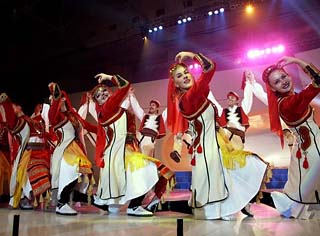
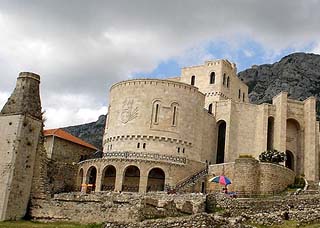
 |
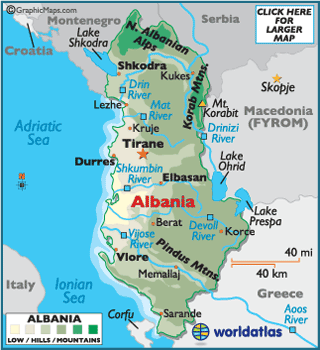
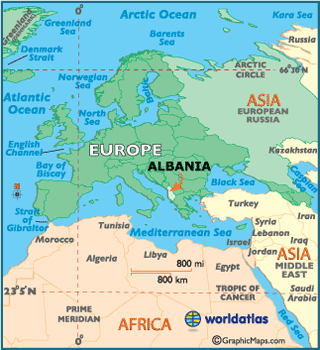
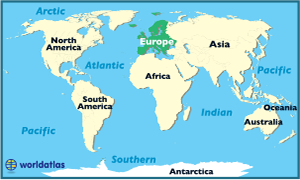


No comments:
Post a Comment